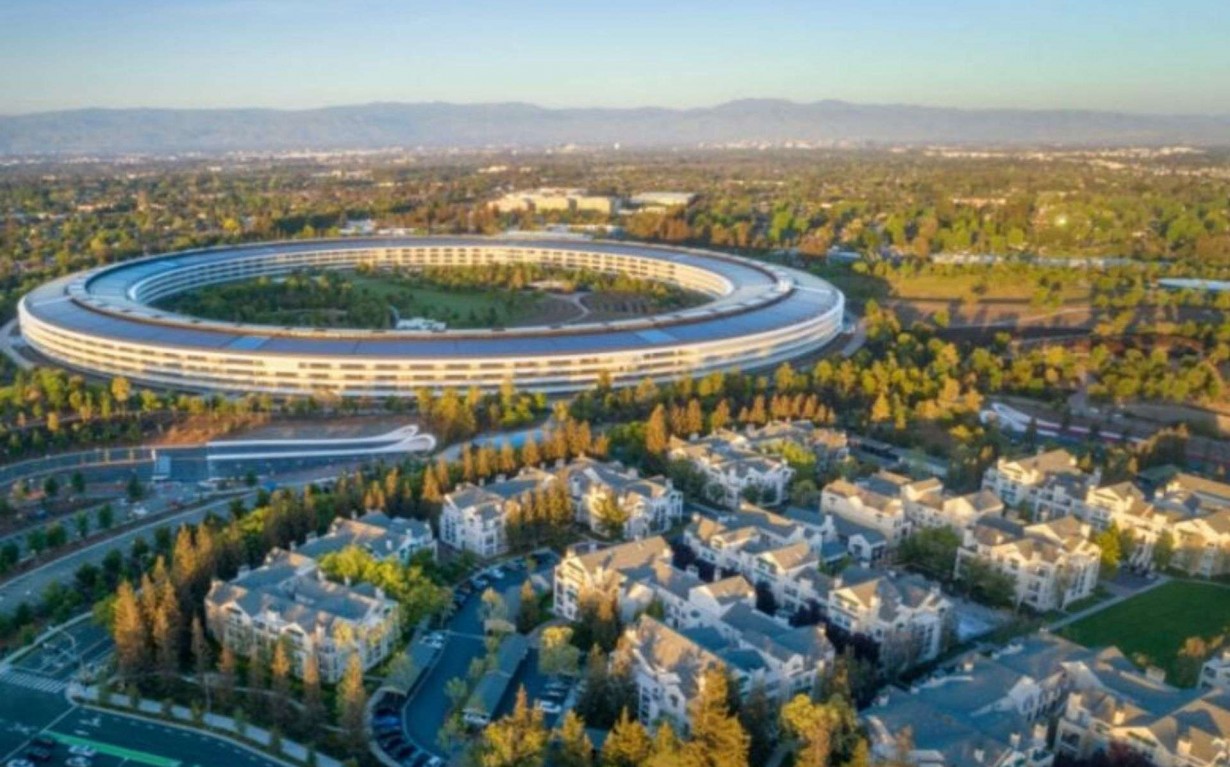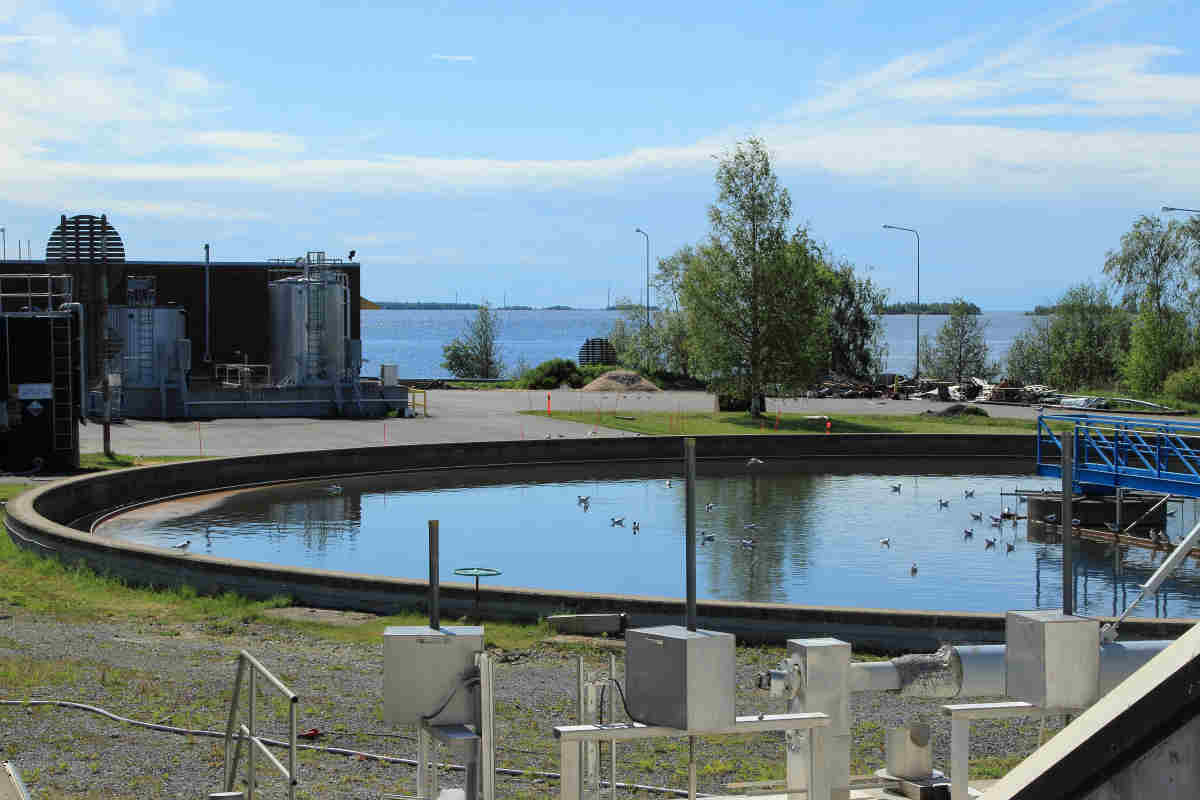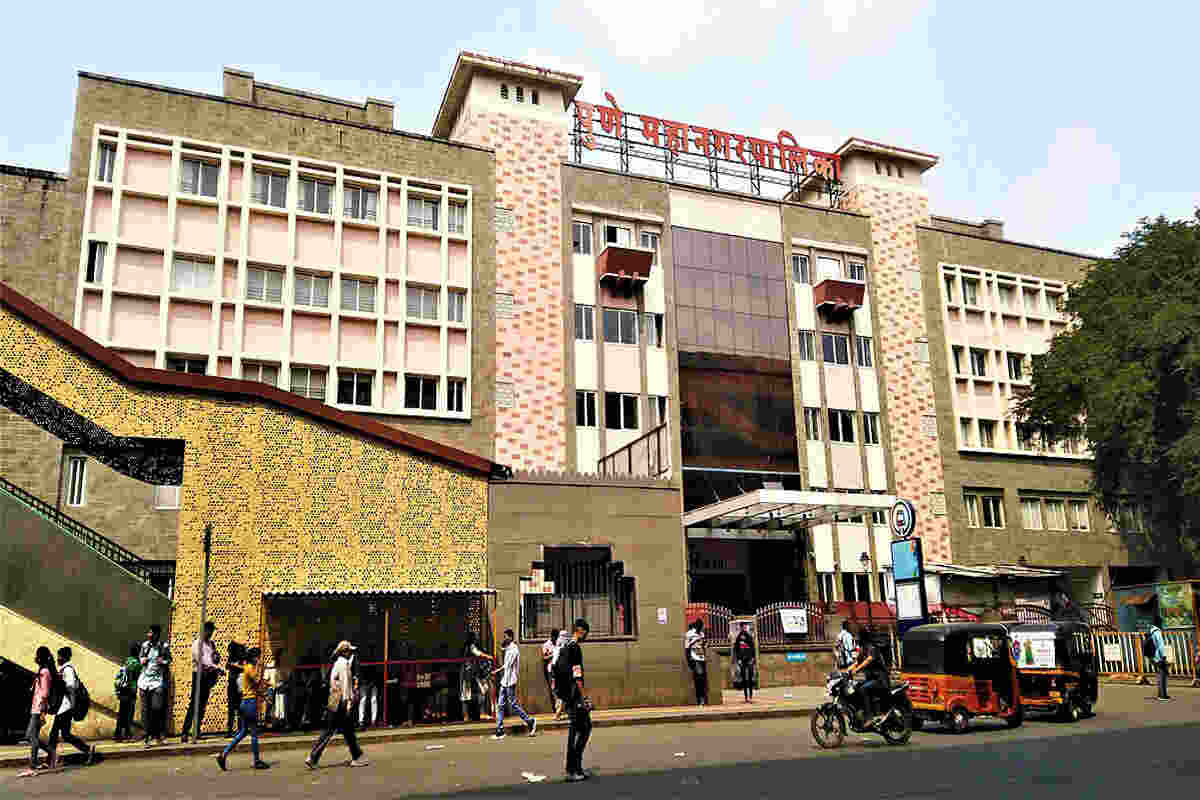San Jose, California: The Threatened City Of Technology
Every year during rainy winter weather, around 12 millions of gallons of raw and undertreated sewage are spilled into San Francisco Bay and local waterways. Despite its location as the center of innovation and “Capital of Silicon Valley,” San Jose has failed to solve several serious environmental issues.
Approximately 179.97 square miles large, San Jose holds a population of around 1 million residents, making it the largest city in Northern California for its size and population.
As the hub for innovation, San Jose is ranked as the wealthiest city in the United States due to its medium household income of $117, 474 according to the U.S. Census Bureau 2017 Survey.
However, far from perfect, San Jose faces several significant pollution problems within its premises.
SEWAGE SPILLS
In 2014, a nonprofit environmental advocacy group named San Francisco Baykeeper, filed a lawsuit under the Clean Water Act, charging San Jose with failure of addressing the problem of pollution from sewage spills within the San Francisco Bay.
- From 2009 to 2014, San Jose has had approximately a total of 780 sewage spills containing around 523, 265 gallons worth of sewage.
- As of 2014, 90% of San Jose’s pipes are made of clay, which is one of the main factors for the countless of sewage spills
- In 2016, an employee at San Jose Alviso wastewater treatment made an error in turning the wrong valve which released 952,000 gallons of “partially treated sewage” into the San Francisco Bay.
As a result, the countless sewage spills into the San Francisco Bay contributed to increasing bacteria levels which not only is dangerous for recreation but also harms the ecosystem and environment.
TRASH POLLUTION
San Jose is a hot spot for trash pollution and bacterial pollution into the bay
Due to countless homeless encampments, illegal waste dumping, and urban storm runoff in rivers, creeks, and bays, San Jose has become severely polluted with trash.
- In 2016, the Coyote Creek Homeless Stream Stewards removed more than 48,000 pounds of trash in Coyote Creek.w
- Every year, the amount of approximately 100,000 kitchen bags of trash flow into the San Francisco Bay from storm drains in the Bay Area, especially from San Jose.
- Due to high population density within San Jose, it ranks first on the litter list with approximately 168,673 gallons of trash that end up in rivers, creeks, and the San Francisco Bay.
PLASTIC POLLUTION
- Every year, the San Francisco Bay receives around 7 trillion tiny pieces of plastic from the Bay Area.
- Of the total debris that flows into the San Francisco Bay, 49% is plastic from straw, candy wrappers, food bags, and straws. Another 8% of the debris is from plastic bags, and 7% is from plastic foam.
- In a 2007 study, 99% of the water samples collected from the San Francisco Bay Included microplastic. In some instances, 400,000 microplastics were discovered in a single square kilometer of water.
Not only does plastic suffocate wildlife, but also harms us when eating seafood. A study in 2019 found that people around the world ingest an average of 2,000 microplastic particles per week. Microplastics that accumulate within our body can physically damage organs and release toxic chemicals.
To address the problem of sewage spills, trash pollution, and plastic debris, San Jose authorities and the community have worked tirelessly towards creating a cleaner and more sustainable future.
INITIATIVES BY AUTHORITIES
- In 2007, San Jose adopted a 15 year sustainability plan named Green Vision to reduce greenhouse emissions while supporting the economy.
- In 2012, San Jose emerged as the largest U.S. City for banning plastic carry-out bags from retail stores. Since this ban, plastic bag litter have significantly reduced from San Jose creeks and storm drains.
- In 2016, San Jose City Council reached an agreement with San Francisco Baykeeper to provide $100 million for the next decade towards reducing trash pollution and addressing the problem of sewage spills.
INITIATIVES BY COMMUNITY
- Over the last 4 years, South Bay Clean Creeks Coalition, an environmental nonprofit organization, has gathered volunteers and performed over 200 cleanup events. Throughout these 4 years, they have managed to remove 200 tons of trash from San Jose’s creeks and rivers.
- Similarly, the Guadalupe River Park Conservancy has also conducted river cleanups every month with volunteers and succeeded in removing hundreds of pounds of waste from San Jose’s rivers and creeks.
CIRCULAR ECONOMY
Despite the initiatives taken by the government and community, San Jose still stands as a city polluted with trash. By adopting a more extensive circular economy approach to solving these problems, San Jose can reduce waste and create a more sustainable environment.
A circular economy is an approach to the economy in that products and components within our ecosystem retain their value through reducing, reusing, recycling, and restoring waste. Unlike our current linear system of take, make, and disposal, a circular economy reuses waste and regenerates energy.
TRASH POLLUTION: CIRCULAR ECONOMY SOLUTIONS
Trash pollution stands as one of the top environmental issues within San Jose, California. Other than stricter regulations on plastic use, and illegal trash disposal, circular economy solutions are necessary for solving this problem.
- Installing more catch basins to reduce the amount of trash that flows into the local rivers, creeks, and bays.
- Reusing plastic for synthetic clothes from the rapidly growing fashion industry and encouraging people to adapt sustainable fashion through purchases from eco-friendly fashion lines or buying cheap and of moderate quality clothes from second-hand stores.
- Hosting large river cleanups and fairs to raise more awareness of trash pollution within the community to local residents
- Establishing community waste recycling banks
COMMUNITY: CIRCULAR ECONOMY SOLUTIONS
Additionally, local residents in San Jose can contribute towards a cleaner environment through simple circular economy approaches.
- Participating in river cleanups
- Reducing use of plastic
- Recycling paper
- Properly disposing and segregating trash
- Spreading awareness of the existence of pollution and the need to reduce it.
EARTH5R COMMUNITY WORK & CIRCULAR ECONOMY
One of the circular economy models implemented by Earth5R is the dry waste recycling program. Earth5R volunteers collected newspaper from buildings to prevent it from going to landfills where it won’t be properly segregated.
The volunteers then go to the nearby slum area in Mumbai, India to work with the community. They train women from the community on sustainable livelihood skills and financial literacy.
The goal was to give them financial independence to support themselves and their family.
The volunteers brought the collected newspaper and taught the women on how to upcycle the newspapers into paper bags which can be sold thus providing income for the women.
This program is a great example of a circular economy as it brought environmental, social, and economic impact.
- Environmental: Less plastic bags and less waste goes into landfill
- Social: Women empowerment on sustainable livelihoods
- Economic: Income for the women and their communities
From this particular circular economy program:
- 3000 families have been uplifted from poverty
- More than 70% of these families now have their own inbuilt toilet and need not go and queue up in public toilets which are extremely unhygienic.
- Women become financially independent and are able to repair their houses, afford healthcare and send their children to school.
- The program creates a chain reaction as the women employ and teaches other women on entrepreneurship thus creating a more prosperous community.
Ultimately, solving the problems of pollution within San Jose does not simply rely on conviction, but also circular economy based solutions to create a more sustainable and cleaner environment for the future.
Reach out to Earth5R to know more about solving environmental issues by creating circular economy based sustainability projects.
ABOUT EARTH5R
Earth5R is an environmental organization from India with its head office at Mumbai. It works with the NGO sector, Companies and helps them conduct environmental corporate social responsibility (CSR) programs across India. Earth5R specializes in circular economy based projects. Earth5R also offers short term and long term environmental courses.
Earth5R’s Global Sustainability Hub is a cross-sector and cross-country collaboration in pursuit of UN Sustainable Development Goals. It is an excellent opportunity for governments and the private sector to engage with communities, use Sustainability-based models to drive economic changes, and create social and environmental impact.
Reported by Claire Hsu, edited by Shafa Azzahra



